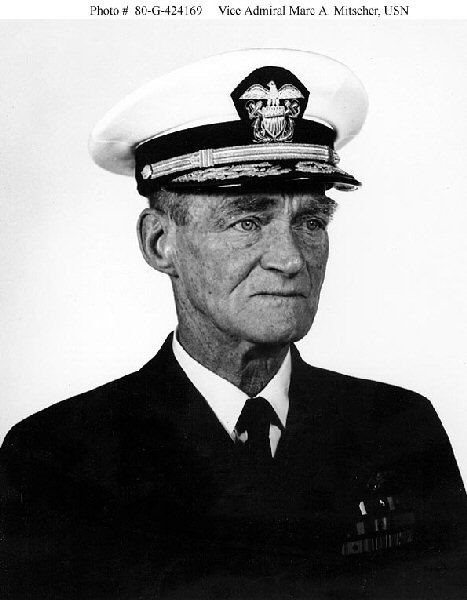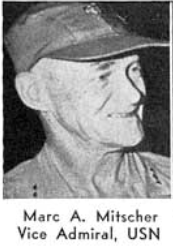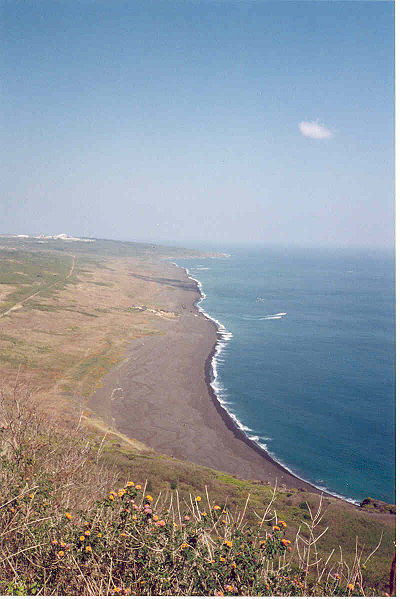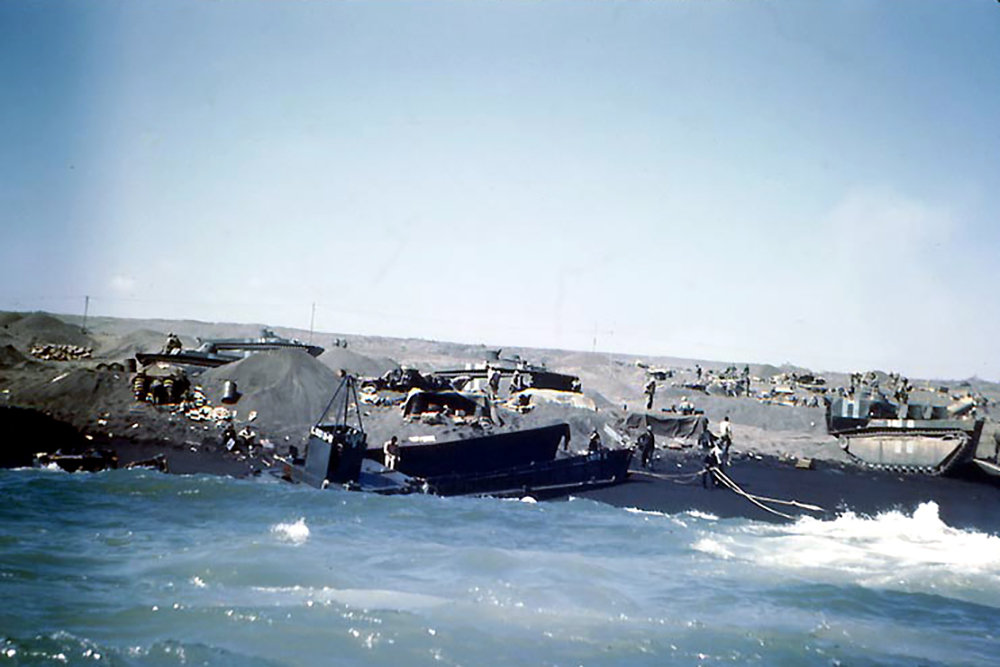Mitscher, Marc Andrew "Pete" (USN)
- Date of birth:
- January 26th, 1887 (Hillsboro/Wisconsin, United States)
- Date of death:
- February 3rd, 1947 (Norfolk/Virginia, United States)
- Buried on:
- Arlington National Cemetery
- Nationality:
- American
Biography
Do you have more information about this person? Inform us!
"For distinguished service in the line of his profession as a Member of the Crew of the Seaplane NC-1, which made a long overseas flight from New Foundland to the vicinity of the Azores, in May 1919. His actions were in keeping with the highest traditions of the United States Naval Service."
This award was obtained in the form of an Gold Star to be attached on the ribbon of the first award.
This award was obtained in the form of an Gold Star to be attached on the ribbon of the first award.
- Period:
- Second World War (1939-1945)
- Rank:
- Vice Admiral
- Unit:
- Task Force 38 (TF-38), Western Task Force, 3rd Fleet, U.S. Navy
- Awarded on:
- November 3rd, 1944
"For extraordinary heroism and distinguished service in the line of his profession as Commander, Task Force THIRTY-EIGHT (TF-38), Western Task Forces (THIRD Fleet), during the period 22 October 1944 to 30 October 1944. In the planning and execution of a series of successful operations against major task forces of the Japanese combatant and carrier task forces in the vicinity of Mindoro, the Sulu Sea, and northeast of Luzon, he successfully damaged the major portion of Japanese capital ships and carrier aircraft of the Japanese navy. His coolness of decision under the difficult and uncertain conditions of combat were outstanding, and at all times he displayed an inspiring ability to appreciate and seize opportunities to inflict damage upon the enemy combatant forces. His conduct was at all times in keeping with the highest traditions of the United States Naval Service."
This award was obtained in the form of a second Gold Star to be attached on the ribbon of the first award. (Commander 3d Fleet: Serial 070)
This award was obtained in the form of a second Gold Star to be attached on the ribbon of the first award. (Commander 3d Fleet: Serial 070)
- Period:
- Second World War (1939-1945)
- Rank:
- Vice Admiral
- Unit:
- Fast Carrier Task Force 58, U.S. Navy
- Awarded on:
- June 7th, 1945
"From 27 January 1945 to 27 May 1945, Vice Admiral Mitscher led his task force in a series of relentless attacks against the enemy in support of our amphibious operations at Iwo Jima and Okinawa. Four times he led his force deep into enemy waters close to the shores of Japan. Twice he struck airfields and installations in the Tokyo area; twice he struck airfields in the Kyushu area, on one occasion also heavily attacking enemy combatant vessels in the Inland Sea. On another occasion when an enemy task force consisting of the battleship YAMATO, a light cruiser and nine destroyers sortied from the Inland Sea and threatened our forces, he immediately turned north to intercept the enemy, and on 7 April, in a brilliant attack with carrier aircraft southwest of Kyushu, sank the YAMATO, the light cruiser and four destroyers. When not engaged in these attacks in the vicinity of the Japanese homeland, his force operated continuously in direct support of our forces at amphibious objectives. Twice between 11 and 15 May 1945 his flagship was seriously damaged by enemy air attacks and members of his staff were casualties. Undaunted and with firm resolve to carry on, he transferred to sea to another ship on each occasion. Throughout a long and exhausting campaign, under almost daily attack by enemy aircraft, he maintained an indomitable spirit of the offensive, never missing an opportunity to meet with his entire available combat strength any threat to our amphibious operations, were it in major attacks by enemy suicide aircraft hits, by enemy surface forces, or counter attacks by enemy ground forces at the objectives. Forces under his command inflicted great damage on the enemy and maintained control of the sea and air from the Marianas to the shores of Japan. His heroic personal example was an inspiration to the officers and men of his command and combined with his skillful and aggressive leadership assured the success of the operations. His conduct throughout was in keeping with the highest traditions of the United States Naval Service."
This award was obtained in the form of a third Gold Star to be attached on the ribbon of the first award. (Serial 00153)
This award was obtained in the form of a third Gold Star to be attached on the ribbon of the first award. (Serial 00153)
- Period:
- Second World War (1939-1945)
- Rank:
- Rear Admiral
- Unit:
- Commander Air (Solomon Islands), U.S. Navy
- Period:
- Second World War (1939-1945)
- Rank:
- Rear Admiral
- Unit:
- Carrier Force, Central Pacific Force, U.S. Navy
This award was obtained in the form of an Gold Star to be attached on the ribbon of the first award.
- Period:
- Second World War (1939-1945)
- Rank:
- Vice Admiral
- Unit:
- Fast Carrier Task Forces, Pacific Fleet, U.S. Navy
This award was obtained in the form of a second Gold Star to be attached on the ribbon of the first award.
- Period:
- Second World War (1939-1945)
- Rank:
- Vice Admiral
- Unit:
- Task Force 38 (TF-38), Western Task Force, 3rd Fleet, U.S. Navy
Combat "V"
- Period:
- Second World War (1939-1945)
Sources
- Photo 1: U.S. Navy Photograph
- Photo:
- HyperWar: All Hands, August 1945
- - Go2War2.nl
- Marc Mitscher - Recipient -









